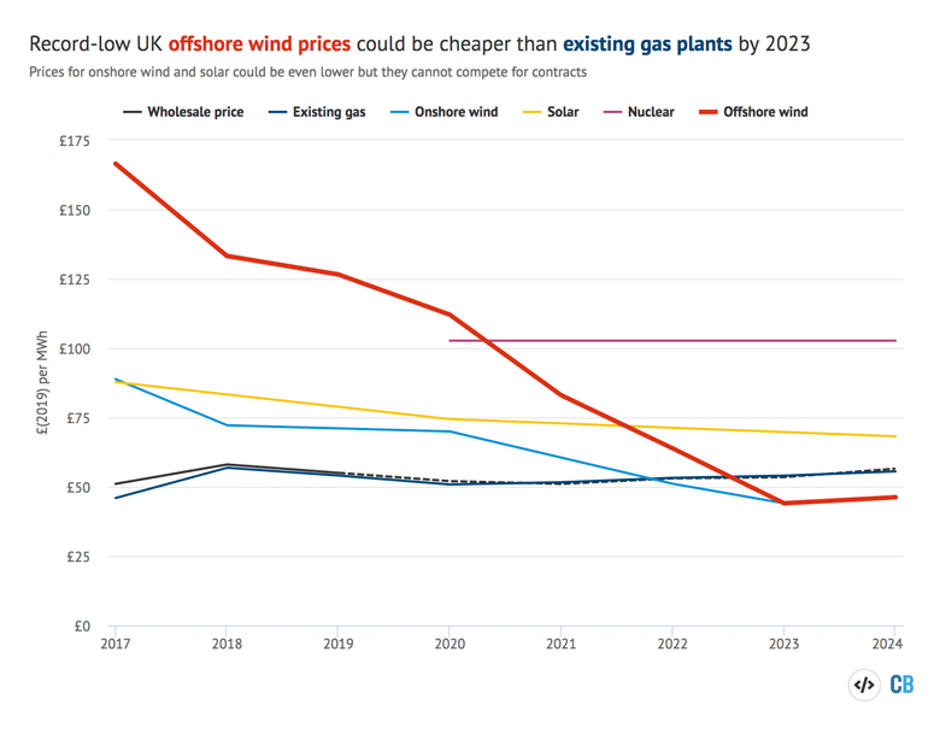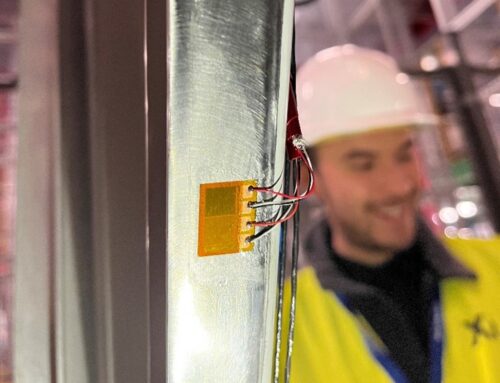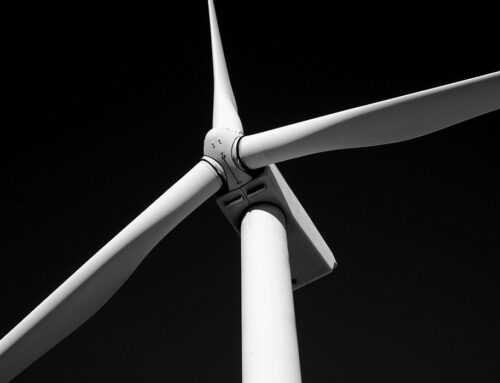We were pleased to hear that we are back on track to reduce our dependence on fossil fuels. Last week the government reversed the 2015 effective ban, allowing onshore wind to join “The Contracts for Difference Scheme” (CfD). An arguable no-brainer for a planet in a real climate crisis. But what does this mean?
What is the effect of the subsidy ban lift?
The lift of the subsidy ban allows the cheapest forms of new electrical energy generation to join the party, that being onshore wind and PV. Technically it lets onshore wind, solar, floating wind and energy storage all participate in the scheme. Ultimately providing the cheapest forms of energy to you and me.
What is “The Contracts for Difference” (CfD) scheme?
According to BEIS; “The Contracts for Difference (CfD) scheme is the government’s main mechanism for supporting new, low carbon electricity generation projects in the United Kingdom (UK). CfDs incentivise investment in renewable energy by providing developers of projects with high upfront costs and long lifetimes with direct protection from volatile wholesale prices, and they protect consumers from paying increased support costs when electricity prices are high.”
We would like to think of a wind turbine as a power station that just doesn’t pay for fuel. The wind is fundamentally free. We should consider ourselves lucky as Europe’s windiest country and that the skies are filled with a free and abundant source of fuel or energy. Unsurprisingly, it is cheaper to put a wind turbine up on land than it is to install one in the sea. It is also cheaper to maintain a wind turbine on land, since site accessibility is much easier even in difficult weather conditions.
What is the CfD auction process?
The CfD is an auction process and has already been responsible for reducing offshore wind prices as companies competed to produce energy at the lowest possible cost. The record-low prices will see projects due to start operating in 2023/24 coming in at £39.65/MWh (The price on 2012 was £44/MWh adjusted for inflation). The price for the projects due to start operating in 2024/25 will be at £41.61/MWh.
Low carbon renewables prices vs other energy sources.
The graph below taken from Carbon Brief shows the difference in price between low carbon renewables and other energy sources. This graph projects real and forecasted costs of energy prices before the government’s subsidy ban lift on onshore wind farms. Judging by the past trends up to 2020 we can safely assume that onshore wind and PV will decrease at a faster rate. You did notice just quite how expensive nuclear is right? Anyway, let’s not get started on that.

Net-Zero emission targets
As of last year, the UK has committed to reaching Net-Zero by 2050. Scotland is trying a little harder and wanting this done by 2045. So how difficult is this going to be? We have all heard the great news stories about reducing our carbon addiction over the past 5 years. These are a few of the highlights.
2016: Wind first produced more electricity to the grid than coal, albeit brief, it did.
2017: the UK went an entire day without burning coal, this has happened before but not because of renewables.
2018: Wind energy produced more energy to the grid than nuclear.
Planning ahead
We have been making the first baby steps but let’s not rest on our laurels. Net Zero is going to require us all to change behaviour. We can’t just rely on the shift of the energy source. So why would you exclude the cheapest forms of renewables from the government’s scheme to deploy low carbon energy? Why would you go to war on climate change without some of your best tried and tested armaments?
The simple answer is you wouldn’t – hence the U-turn. So now that we’re back on track let’s focus on the Net-Zero emission targets and think about how we can all help by doing things a little differently. Just because you did something one way before doesn’t mean you have to continue doing it. Even the government has realised it must change.





